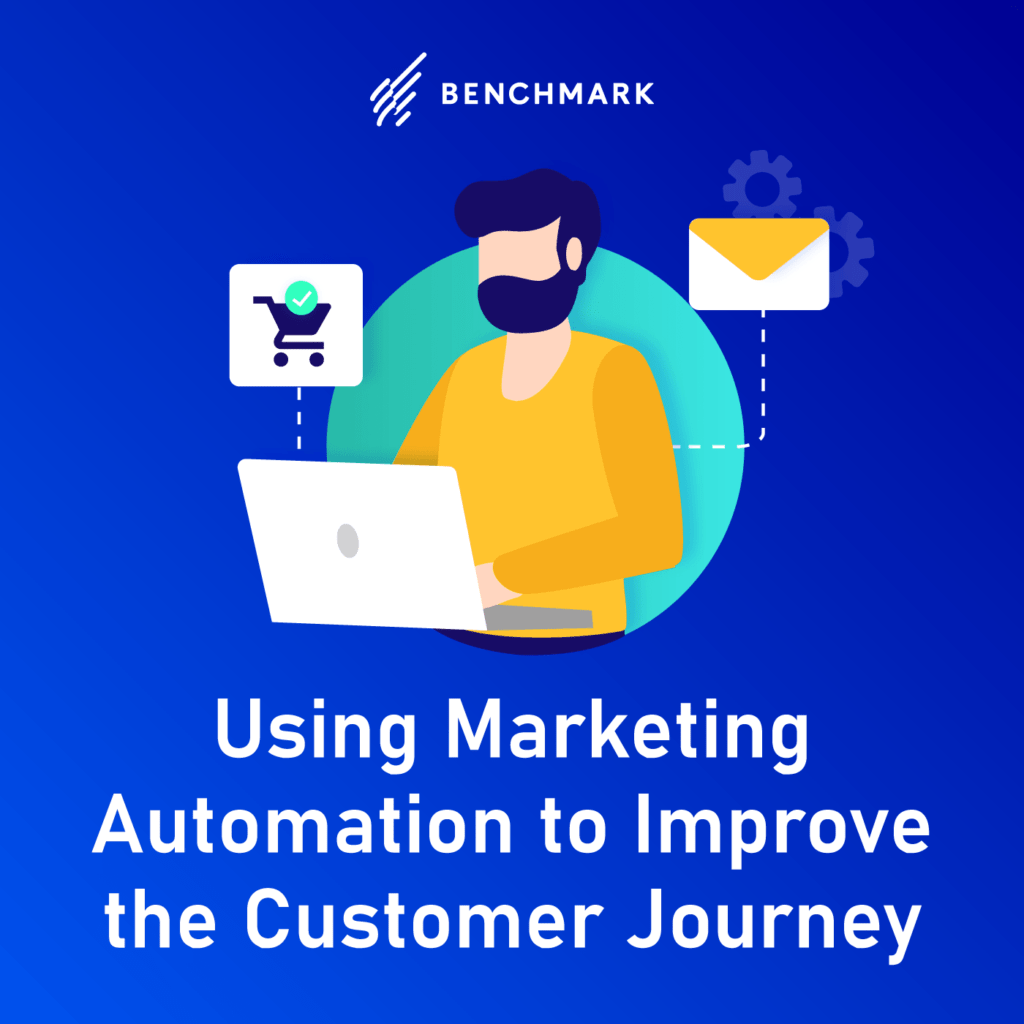Today’s marketers wear a lot of hats. They’re content creators and data miners. Social media mavens and email experts. SEO researchers and influencer investors and anything else that they need to be in order to help their brands stand out in the right ways.
Just as the digital age has made the customer journey more robust (and frankly, a bit more complicated), it has also made the role of a good marketer that much harder to define. Effective marketing is no longer just about getting results — it’s about optimizing and capitalizing on every single customer behavior so that you can thrive in a hyper-competitive marketplace. And that’s where marketing automation can really help a marketer excel.
Marketing automation is becoming increasingly indispensable for both fueling and improving the customer journey. Through automation, brands can stay in touch with their customers more efficiently, and nurture them to the point of sale with targeted communications, promotions, and ads. It’s a good thing, too. With so much to do, the more marketers can automate, the better – especially when it leads to improved results.
So how can marketing automation enrich the customer journey and push prospects further down the sales funnel for your business? Let’s take a look.
Awareness Stage
The awareness stage is at the very top of the customer journey funnel. At this stage, you’re focused less on targeting individual customers and more on lead generation efforts. Marketing automation makes that process a whole lot easier, which is a major plus if you’ve ever had to sort through endless contact lists, pull out leads manually, and contact each one at a time.
What to try: Automated lead generation software that aggregates contacts for you, combined with email marketing.
Automated lead generation software scans relevant platforms like your social media pages, PPC ad data, and inboxes to sort out relevant leads, append any missing contact information and deliver them to you in a more palatable format. From there, you can use email marketing automation to reach out and introduce your business. Try to target your outreach as much as possible by tailoring your message based on what you know about a lead’s demographic and geographic data.
Lead generation tools we love: Datanyze, Lead Forensics, Prospect.io, Clearbit
Consideration Stage
This is when customers are just beginning to search for solutions to their problem, and when they are first considering your company’s product or service as a potential solution.
The primary marketing objectives at this point are giving your lead all the information they need to proceed to the next stage of the journey and positioning yourself as a preferred alternative to your competitors. Quick but personalized communications can give you a competitive edge and instantly help you make a good impression.
What to try: Automated workflows that spring into action the second a customer performs a certain action.
An automated workflow can start at any behavior of your choice, such as when a lead signs up for more info or asks your on-screen chatbot a question.
From there, workflows can be set up to perform key tasks that guide a customer further into their journey. For example, if a lead asks a chatbot a question and then disappears, the workflow can be automated to send them an email thanking them for their interest and asking if they need more assistance. It can also be triggered to send them a unique promotion for whatever product or service they were inquiring about. Most marketing automation tools feature the ability to build out workflows, sometimes referred to as automation campaigns, to prepare for a wide variety of contact engagement.
The key to making workflow automation work at this stage is to personalize all triggered communications so that customers get real, quantifiable value out of your follow ups.
Chatbot and workflow tools we love: Drift, Intercom, Hubspot
Decision Stage
The decision stage is when you can turn a lead into a paying customer. Ramping up your marketing with automation enables you to cover your bases and make as strong of an impact as possible. Strike the right balance, and you’ll come off as actively engaging, not overly pushy.
What to try: Drip campaigns that trickle out content to keep your product or service top of mind.
Drip campaigns fall under the umbrella of automated email marketing and function similarly to automated workflows. You send out an email, and depending on what action the recipient takes, a second email is automatically triggered. This goes on until a point of sale, or until the recipient stops engaging.
You can use drip campaigns to do a lot of things that may lead someone to a purchase, including sending reminders about abandoned shopping carts, offering recommendations, and sending out promos and coupons. And because your drip emails are automated, you won’t have to write each of them out manually. Create your email templates, choose your triggers and your frequency, and you’re good to go.
Automation tools we love: Benchmark, ActiveCampaign, Hatchbuck
No two customers are the same, and neither are two customer journeys. Marketing automation can take your leads down a personalized path that shortens the road to conversion.
Ready to get started with marketing automation? Benchmark can help.
